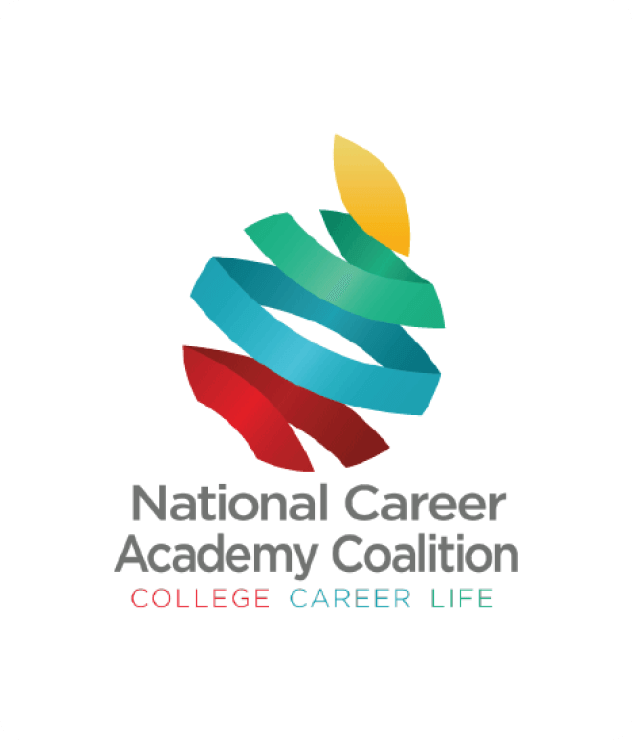The career academy has a written mission, goals, and benchmarks. These are developed, reviewed, available, and known by the administrators, teachers, students, parents, advisory board, and others involved in the academy. These include at least the following elements: connect postsecondary education and career; raise and maintain student aspirations; increase student achievement; show a commitment to equity.
An academy has a well-defined structure within the high school, reflecting its status as a small learning community.
Career academies exist in a variety of district and high school contexts which are important determinants of an academy’s success.
Appropriate staff selection, leadership, credentialing and cooperation are critical to an academy’s success.
Since an academy places teachers and other adults into roles not normally included in their previous training, providing
adequate professional development time, leadership and support are critical
The academy has a governing structure that incorporates the explicit roles of all stakeholders and the leaders of the advi-sory board.
The teaching and learning within an academy meets or exceeds external standards and college entrance requirements,
while differing from a comprehensive high school by focusing learning around a theme.
A career academy links high school to its host community and involves members of the employer, post-secondary education and civic community in certain aspects of its operation.
Improvements in student performance are central to an academy’s mission. It is important to gather data that reflect
whether students are showing improvement and to report these accurately and fairly to maintain the academy’s integrity.
No new academy functions perfectly. Even well established and highly functioning academies benefit from self-examination and refinement. Ensuring and improving the quality of a career academy requires engaging in a regular
cycle of improvement.

Get a jump start in evaluating your current standing and potential areas for improvement.